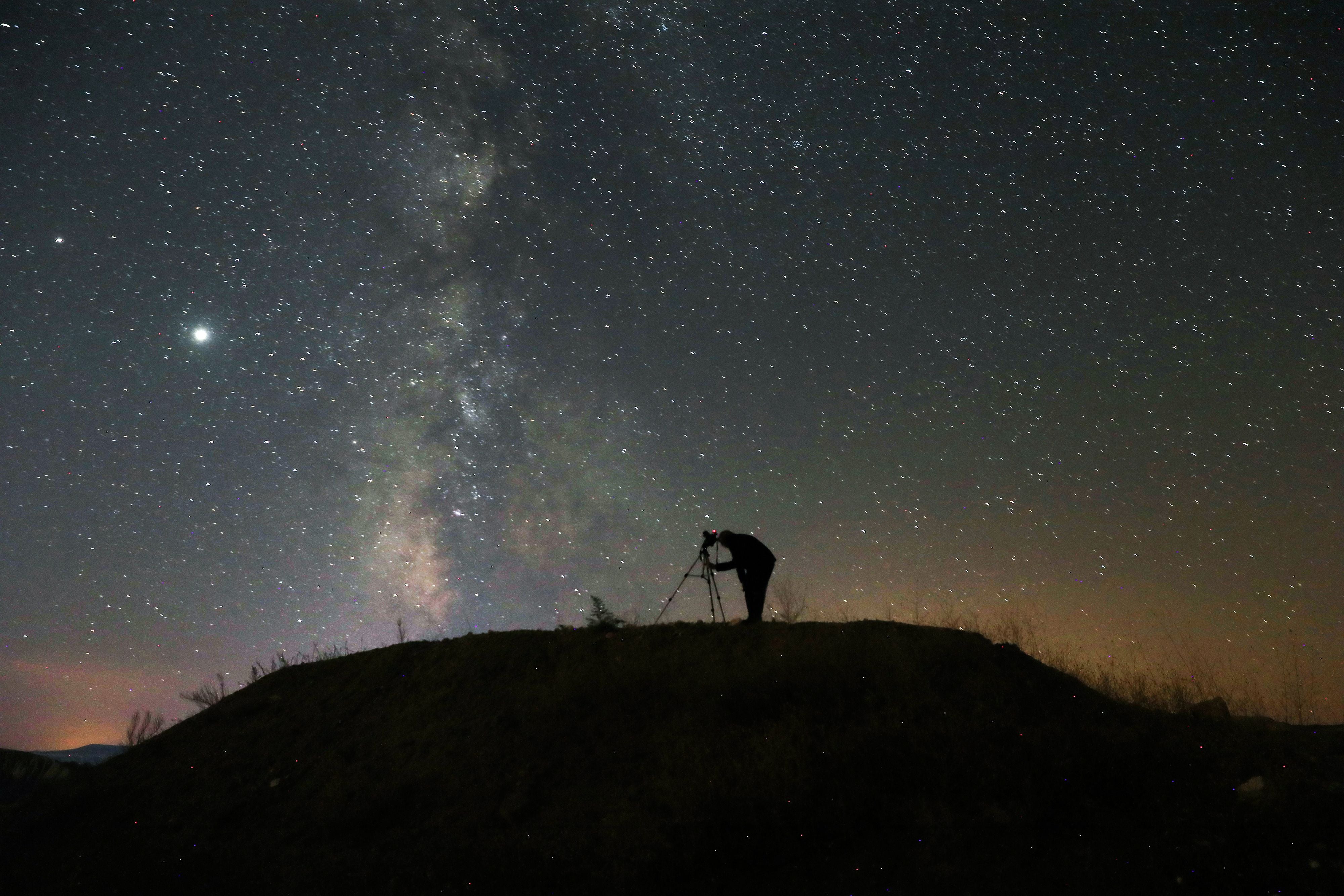The Independent's journalism is supported by our readers. When you purchase through links on our site, we may earn commission.
An ‘impossible’ discovery of ‘twisted light’ could rewrite laws of physics
The findings could shed light on dark matter and dark energy

Your support helps us to tell the story
From reproductive rights to climate change to Big Tech, The Independent is on the ground when the story is developing. Whether it's investigating the financials of Elon Musk's pro-Trump PAC or producing our latest documentary, 'The A Word', which shines a light on the American women fighting for reproductive rights, we know how important it is to parse out the facts from the messaging.
At such a critical moment in US history, we need reporters on the ground. Your donation allows us to keep sending journalists to speak to both sides of the story.
The Independent is trusted by Americans across the entire political spectrum. And unlike many other quality news outlets, we choose not to lock Americans out of our reporting and analysis with paywalls. We believe quality journalism should be available to everyone, paid for by those who can afford it.
Your support makes all the difference.Scientists may have uncovered hints of a perculiar way that ancient light moves across the universe, which, which could offer clues about the nature of dark energy and dark matter.
Dark energy is the name for the strange force which causes the universe to accelerate over time, rather than slow down. Dark matter are particles that do not absorb, reflect, or emit light, making them undetectable; they comprise 85 per cent of the matter in the universe and a quarter of its mass.
The new findings, from the Institute of Particle and Nuclear Studies (IPNS) at the University of Tokyo and the Max Planck Institute for Astrophysics (MPA), examine the background microwave radiation that exists in the universe following the Big Bang and their symmetry.
The current laws of physics are thought to function in the same way in one system as they would in another system where all spatial coordinates are flipped. This symmetry is called “parity”.
However, if it is possible to violate this symmetry it could uncover more information about the mysterious dark matter and dark energy in the universe.
A potential violation was found in this background radiation. Light from the Big Bang became “polarized” when it was scattered by electrons, 400,000 years after the initial explosion.
This is similar to how the unpolarised light from the sun becomes polarised when it is scattered by water droplets in the atmosphere and forms a rainbow.
As light travelled through the universe, it interacted with dark matter and dark energy and may have caused the plane of polarisation to rotate.
“If dark matter or dark energy interact with the light of the cosmic microwave background in a way that violates parity symmetry, we can find its signature in the polarization data,” said Yuto Minami, a postdoctoral fellow at IPNS.
The scientists used polarization-sensitive detectors onboard the Planck satellite to measure the rotation angle, with the knowledge of how the polarization-sensitive detectors are oriented relative to the sky.
This has been historically challenging; uncertainties over rotation caused by the detectors themselves have thrown off previous measurements of the cosmic polarisation angle.
The scientists found that the distance travelled by light from dust within the Milky Way galaxy is shorter than that of the ancient light, meaning that it is not affected by either dark matter or dark energy.
“We developed a new method to determine the artificial rotation using the polarized light emitted by dust in our Milky Way,” said Minami.
“With this method, we have achieved a precision that is twice that of the previous work, and are finally able to measure [the rotation angle]”.
Unfortunately, the violation of parity symmetry was only detected with a 99.2 per cent confidence level. For a new discovery to be valid, it must have a confidence level of 99.99995 per cent.
“It is clear that we have not found definitive evidence for new physics yet; higher statistical significance is needed to confirm this signal. But we are excited because our new method finally allowed us to make this ‘impossible’ measurement, which may point to new physics”, said Eiichiro Komatsu, director at the MPA and a principal investigator at the IPMU. The research was published in Physical Review Letters on 23 November.
Scientists have suggested that dark energy could be a cosmic ‘quintessence’ – a substance in itself, rather than a constant of space as was previously thought.
“I think we’ll probably want to be going through all that very carefully before getting too worked up,” theoretical physicist Marc Kamionkowski, who researched quintessence in 1998, told Nature.
Should that be found to be true, it would completely change humans’ understanding of the laws of physics, which does not predict any kind of quintessence. It could also change the recorded age of the universe, which is calculated based on data collected by the Planck Institute. However, the research supporting it is currently not strong enough to be accepted.





Join our commenting forum
Join thought-provoking conversations, follow other Independent readers and see their replies
Comments